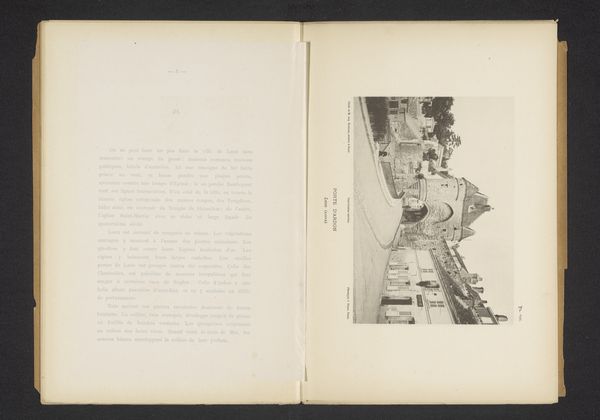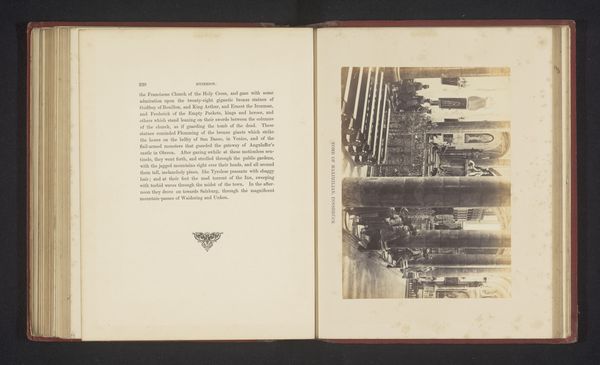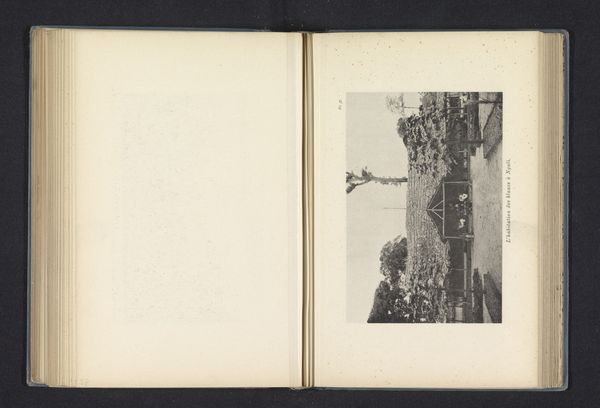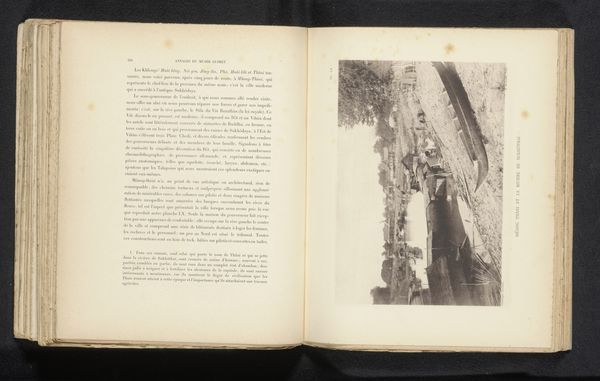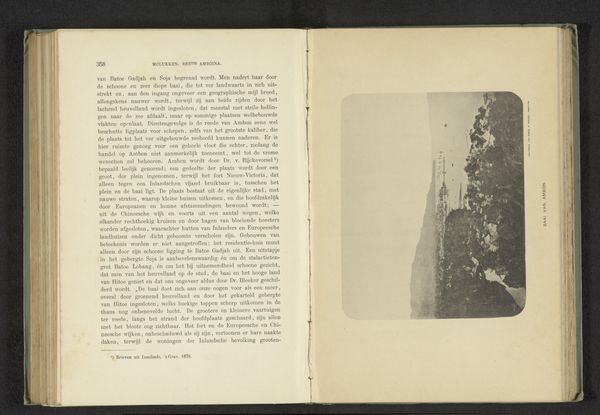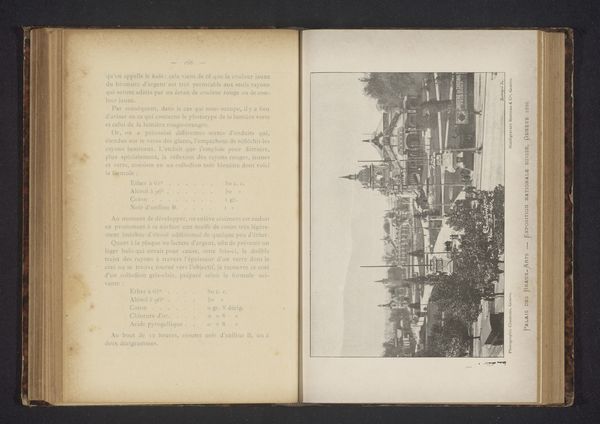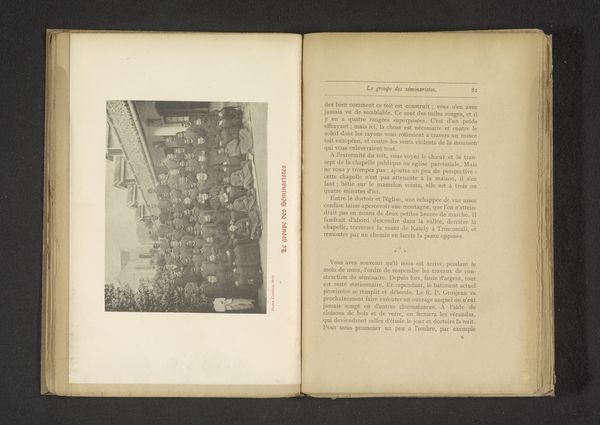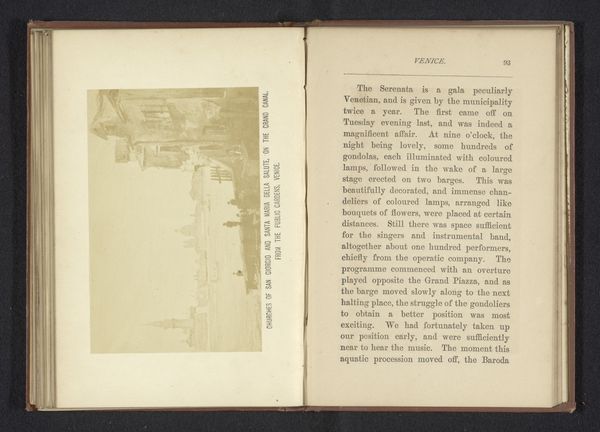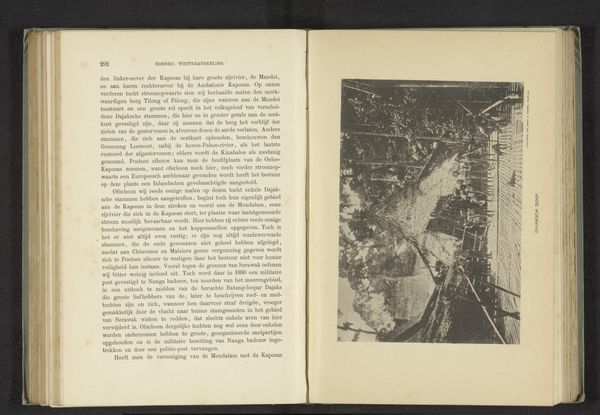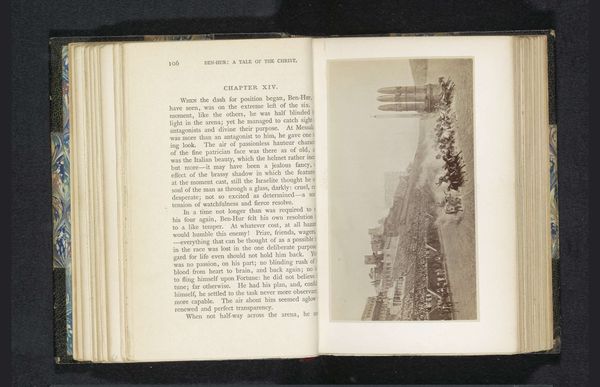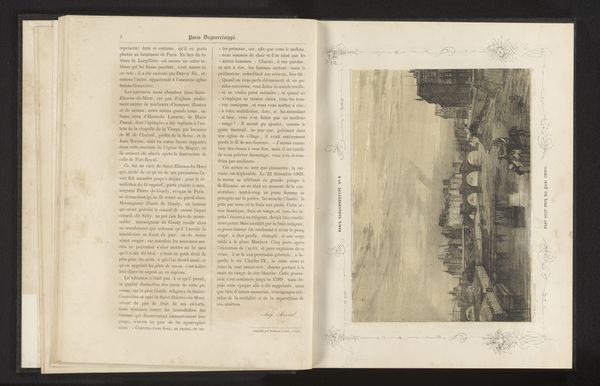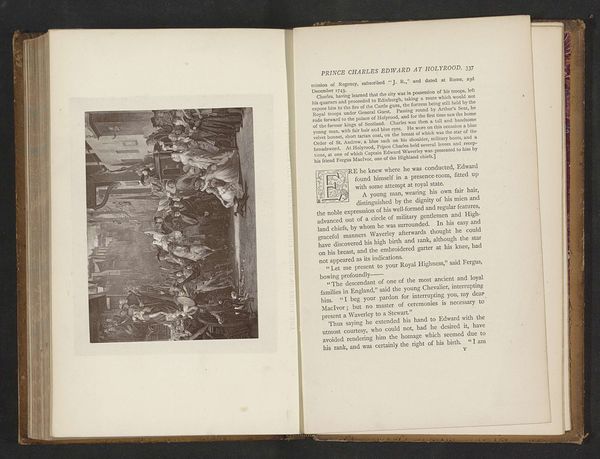
Gezicht op het Praça Tiradentes in Rio de Janeiro met een ruiterstandbeeld van Peter I van Brazilië before 1874
0:00
0:00
print, photography
# print
#
landscape
#
photography
Dimensions: height 88 mm, width 140 mm
Copyright: Rijks Museum: Open Domain
Here we see a photograph of the Praça Tiradentes in Rio de Janeiro, with an equestrian statue of Peter I of Brazil. Equestrian statues, since antiquity, have symbolized power and authority. This motif originates from the Roman emperors, whose statues often depicted them on horseback, projecting an image of military might and imperial command. We see echoes of this in the Renaissance, where equestrian statues, like Donatello's Gattamelata, reinforced the idea of the ruler as a heroic, almost mythical figure. But the statue of Peter I in Rio also signifies a more complex dialogue of history, power, and national identity. The gesture of the rider, the posture of the horse, all carry an emotional weight, engaging viewers on a subconscious level. The heroic figure on horseback is a powerful symbol, laden with the cultural memory of rulers and conquerors, yet here it also represents a specific moment in Brazilian history and the struggle for independence. This symbol, initially denoting martial strength, resurfaces here, evolved and imbued with the nuances of Brazilian history. It represents the cyclical progression of symbols through time, each reappearance layering new meaning onto the old.
Comments
No comments
Be the first to comment and join the conversation on the ultimate creative platform.
